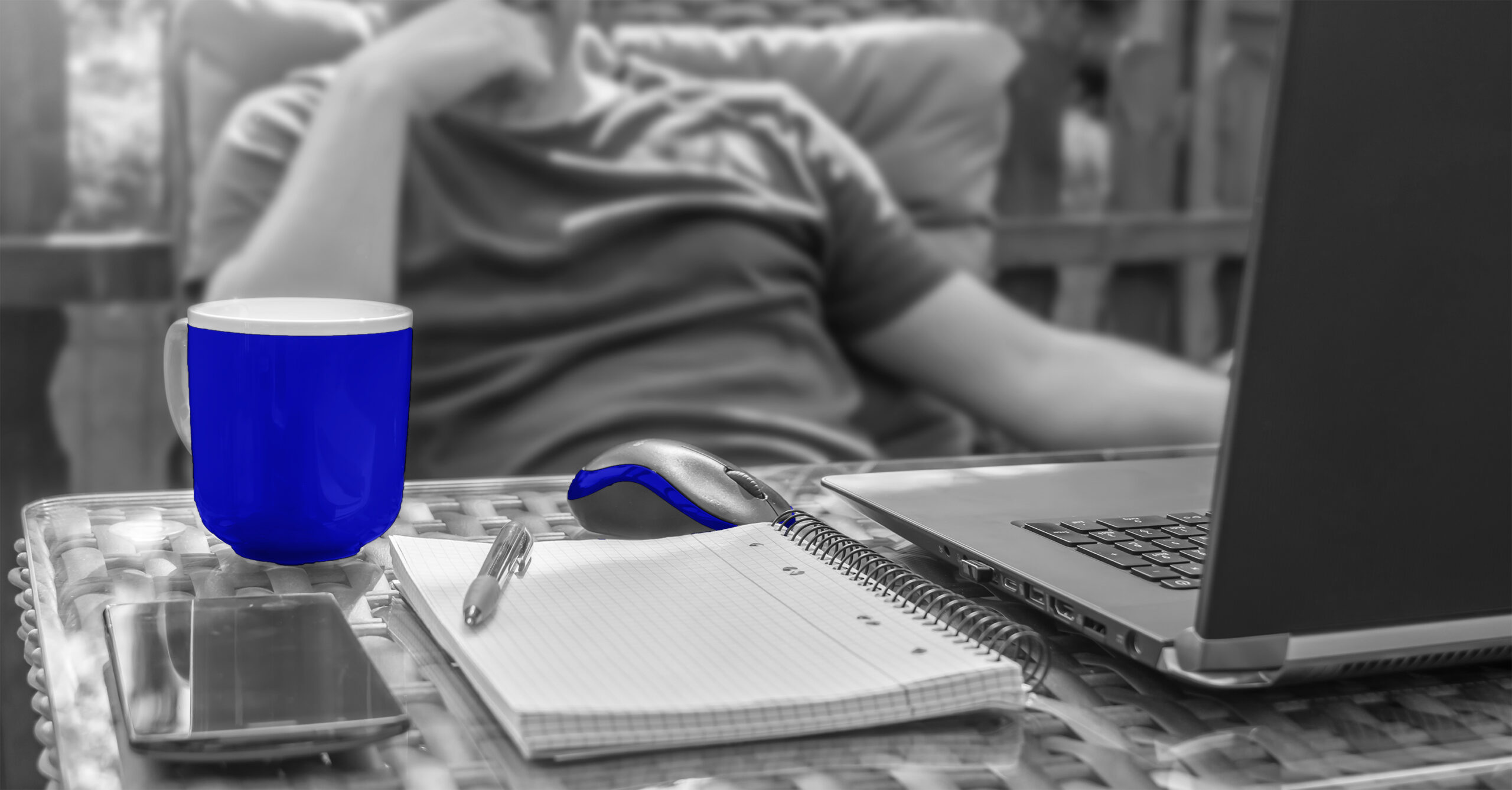While cutting the commute is a massive remote working bonus, in practice the home office comes with its own set of challenges, writes Tim Sargisson. Here he outlines why a mix of home desk and real-life office gives employees the best of both worlds
After nearly six months Sandringham took its first significant step forward following the impact of Covid-19 which took hold earlier this year. At the end of August, we reopened head office.
Initially, only for three days a week, from Tuesday to Thursday, with homeworking on Monday and Fridays, and only for those employees who work together in teams. However, it’s a start as we (hopefully) begin our journey back to some kind of normality after nearly six months.
Reopening our head office may seem counter-intuitive to some. With all that we hear and read about concerning remote working being a reality for many firms. A recent poll by Intelliflo found that more than half (53%) of adviser firm employees are set to work remotely – wholly or in part – in the long term. The poll found three in five (59%) employees have not yet returned to the office in any capacity, and by the end of the year, a quarter (25%) will still not have stepped back into the office.
This comes after advisers and support staff have transformed their ability to work remotely over the last six months, with the majority (84%) saying that they are now fully optimised to work from home compared to less than half (47%) prior to the pandemic.
A new set of challenges
Despite this, it is vital for employers to remember their employee’s welfare and not to simply see homeworking as some kind of Covid panacea. There is no doubt that over time homeworking full-time can become a real challenge for some people, where communication, collaboration, and loneliness continue to be top challenges for remote workers.
For those who are used to seeing colleagues every day, feelings of isolation can creep in remarkably quickly as can a loss of focus, energy, and creativity. The distractions are plentiful, it can be harder to feel motivated, human connection is dramatically reduced – and all of this has an impact on how effective we can be.
The 2020 State of Remote Work found that many remote workers struggle with unplugging from their work (22%), loneliness (19%) and communicating (17%). Another study found that 41% of remote workers reported high stress levels, compared to just 25% of office workers.
Firms will recognise that staff have done a superb job in continuing to provide the highest level of support during the pandemic. We have seen relatively little downside in terms of effectiveness and productivity due to homeworking. However, it is important that we guard against the above symptoms and offer staff a route back to some sort of “normal” in the medium to long term.
It is important to recognise that office working, and home working is not binary. A flexible return to the office allows staff to enjoy the best of both worlds. Being in the office, at least in part, allows the corroborative approach through working closely as a team and supporting new staff with their training needs and the need to understand a firm’s culture. New staff needs tend to get overlooked in discussions about homeworking.
At the same time allowing the convenience of working from home simply cannot be rivalled. The 2020 State of Remote Work highlighted one statistic that remains unequivocal each year: remote workers almost unanimously want to continue to work remotely (at least for some of the time) for the rest of their careers.
This year, 98% of respondents agreed with this statement. Also, it seems that once someone gets a taste of working remotely, they tend to recommend it: 97% said they would recommend remote work to others. The standout reason is not having to commute which is a top benefit to remote workers.
Over time there is no doubt that this new flexible approach should drive improved levels of productivity, which is good for your employees, your clients and good for you.
To see the link the Professional Adviser article, please click here.
Published 16th September 2020


